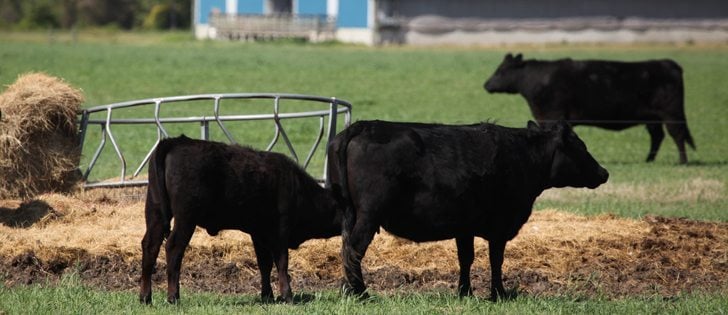Higher cattle prices appear to have stalled producer plans to increase the Canadian herd.
That is reflected in Statistics Canada’s July 1 estimates, which indicated the national cattle herd has shrunk 1.4 percent since July 2013.
In Western Canada, cattle inventories are 1.5 percent lower than a year ago, at 10.2 million head. Manitoba showed the largest year over year reduction, falling 2.8 percent. Sask-atchewan inventories shrunk 2.2 percent and Alberta’s by 1.2 percent.
The 2014 July statistics, released Aug. 20, held few surprises for Canfax senior analyst Brian Perillat, except for the 3.5 percent reduction in heifers. Alberta led the slide with a 5.7 percent reduction.
Read Also

Pakistan reopens its doors to Canadian canola
Pakistan reopens its doors to Canadian canola after a three-year hiatus.
“That drives the entire Canadian number down quite a bit,” said Perillat. “But we weren’t expecting any growth in 2014, really. A lot of the cow-calf producers … we had a pretty fast fall run last fall, awhile before prices really shot up, so not everybody in the supply chain has seen these high prices. Maybe after this fall, guys will look a little harder at it … and have the money to make some decisions around retaining heifers.”
Cattle prices, including those for cows, topped records earlier this year.
“Cows are still moving fast,” Perillat said. “The high prices in some ways are creating more marketings rather than retention.”
Heading into fall, the analyst speculated that cow-calf producers are taking inventory amid rising prices in hay.
Last year’s bitter winter depleted supplies, and though hay crops were fairly good this year, there has been some U.S. demand.
Wet conditions in large portions of Saskatchewan and Manitoba may also have reduced available hay.
“For a lot of guys, they maybe look more at the immediate impact of not having enough hay, rather than the whole economic picture of, ‘should I hold more cows or not,’ ” Perillat said.
Statistics Canada also reported an increase in slaughter and exports year over year.
“Slaughter increased 3.1 percent compared with the first six months of 2013 to 1.56 million head, while ex-ports were up six percent to 601,800 head,” it said in its report.
Feeder cattle exports to the United States have also increased this year compared to last, up 39 percent to 66,000 head, according to U.S. Depart-ment of Agriculture data.
















